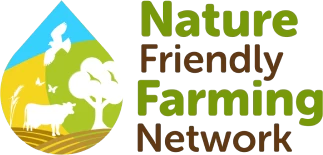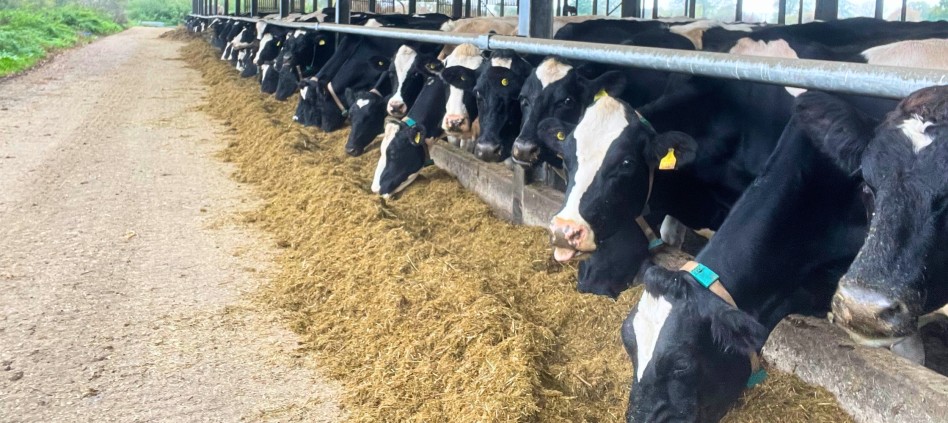Farmer Lucy Noad qualified and worked as a vet before moving into dairy advice and consultancy. When she married Rob, she came onto the farm full-time and they began their journey exploring different approaches to dairy farming, ultimately finding an approach that feels right and pays the bills: a regenerative system.
By Lucy Noad, Woodhouse Farm, Semington
My husband and I farm 220ha in Wiltshire. In 2009, the family chose not to renew their organic status. We then farmed 90 Holstein Friesian cows with a rapidly increasing yield and 200ha with fertiliser at our disposal. We set off on a 14-year-long quest to achieve the targets the dairy industry was pushing us towards - more milk, more cows, more investment... and then repeat. The 90 cows, which had been calving all year and yielding 7,200 litres while grazing for long seasons and being housed in loose yards, fed baled silage and parlour cake, became 150 cows (and rising). They transitioned to autumn-block calving, yielding 9,000 litres, housed in new cubicle sheds with new slurry systems, new youngstock buildings, new silage clamps, and a (not quite new) mixer wagon. Long-term leys became medium-term PRG and white clover leys, or wheat, or maize.


